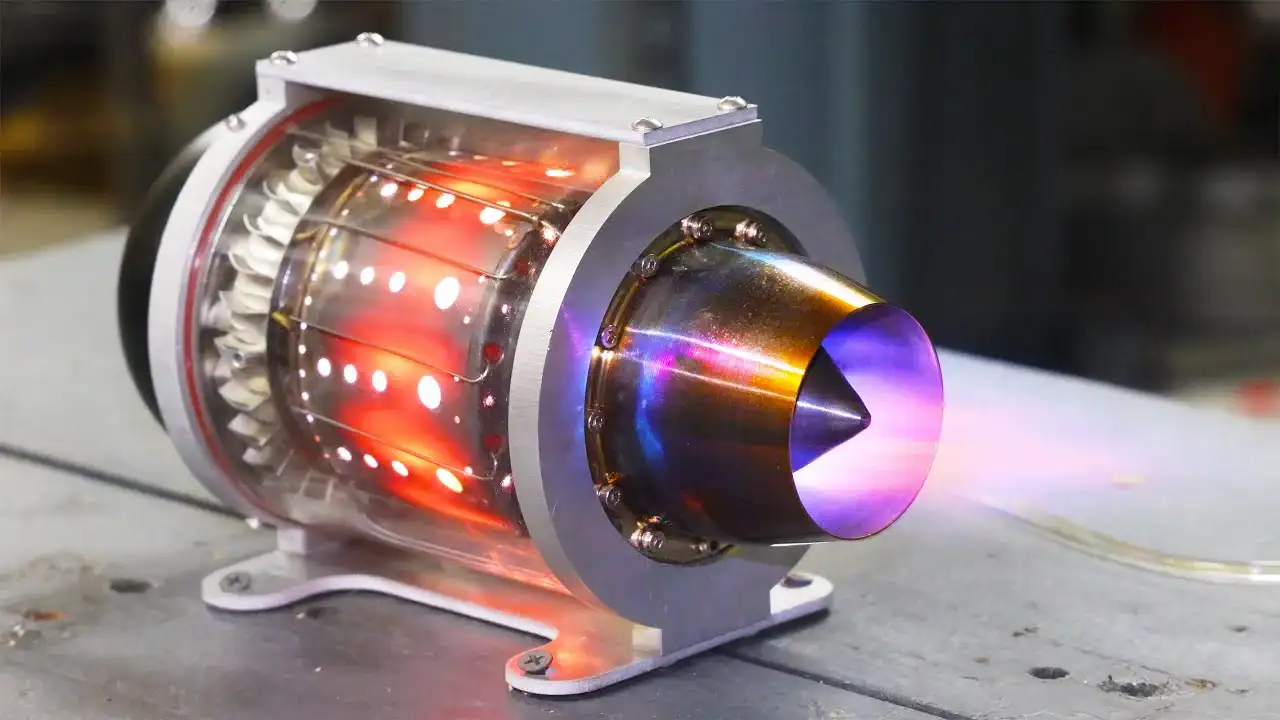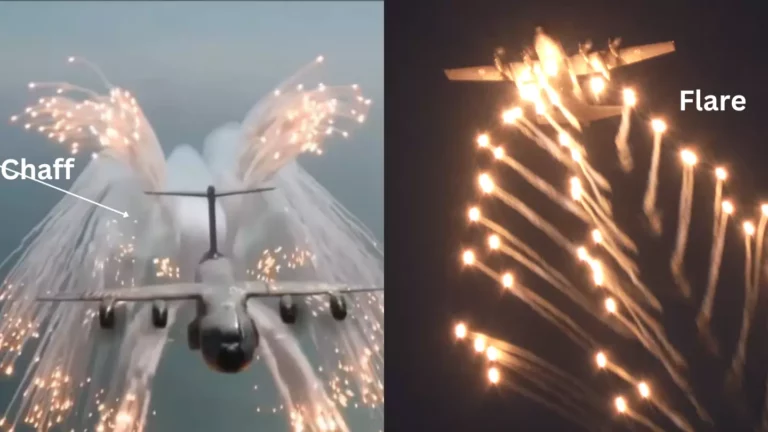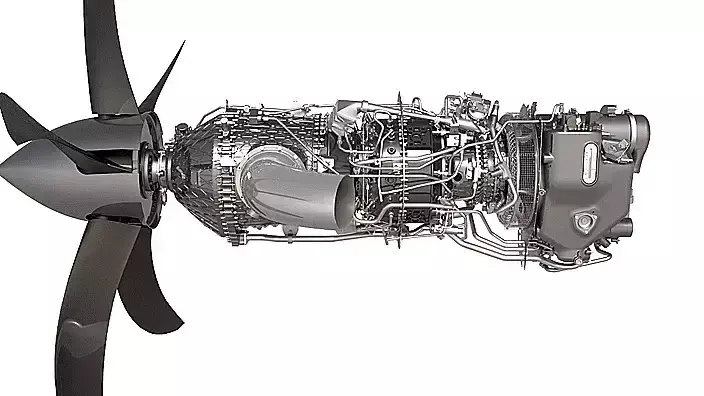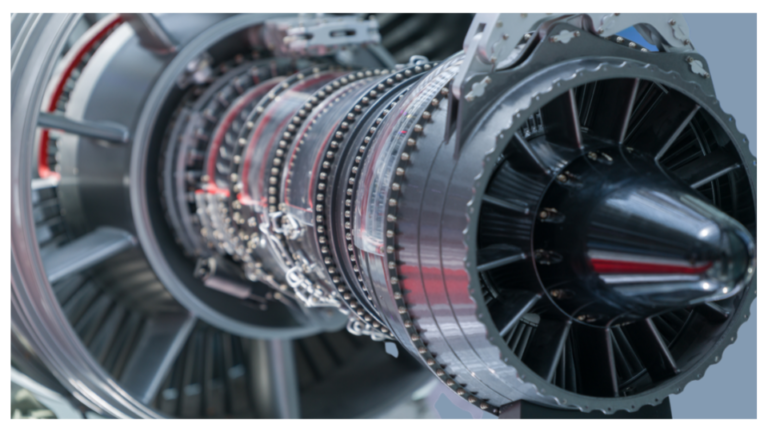Mini Jet Engine Definition And How Does It Works ?
Radio control jets powered with mini jet engines are more than just fun toys for the toy-smart! They’re also an engaging way to get involved in aviation with some great skills that’ll last you years after quitting playing. Take one up, then buy all sorts of equipment, including real gas turbines – which can be expensive due to their high cost per unit output. But thankfully, there is help available if your pocket isn’t deep enough.
The idea of a jet engine mounted inside the fuselage is not new. RC jets have been powered by either an external propeller or ducted fan unit before, but this changed with the introduction of model gas turbines when radio control enthusiasts could finally enjoy an authentic look and feel as well as fly true-sounding aircraft without having any noise-related problems from early glow plug powered models to modern day electric ones that provide better performance at less cost due their ability fuel cheaply through batteries rather than noisy automotive type motors.
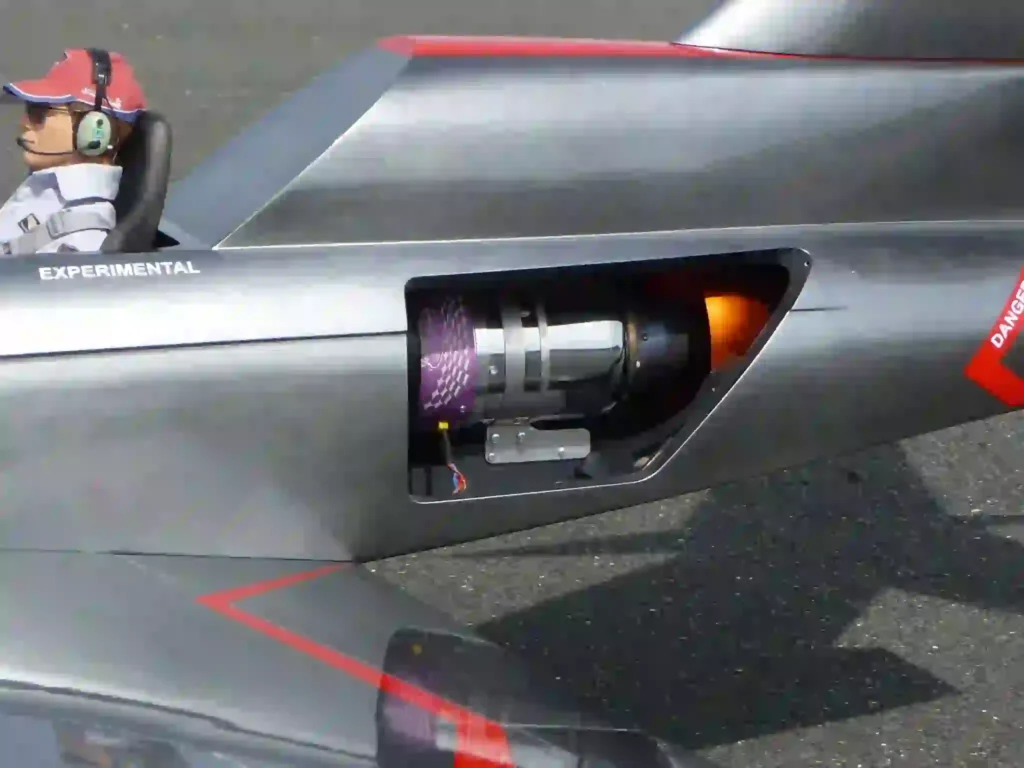
Even if you’ve never seen one before, RC jets are much like real-life aircraft. They have many parts that work together to make them fly! Even though they may not be as fast or agile in the air as larger planes, their main purpose is getting from point A ( takeoff )to B (landing). And this requires energy efficiency, which comes mainly through advancements made by EDF designers who design impeller blades into these instruments, so there’s less noise than traditional fans while still providing enough power needed when taking off/landing smoothly without crashing into walls, etc.,
Pulse jets are another option, but these resemble rocket motors rather than jet engines. Pulse-jet Engine designs typically need to be fixed outside of the fuselage and produce an impressive sound as they run at full throttle for a short time, usually with fuel being pulsed through input valves before ignition occurs; this type of design also has some limitations on how fast it can go due in part because there isn’t enough space inside those slim cows (the rockets) where all that electricity would otherwise go!
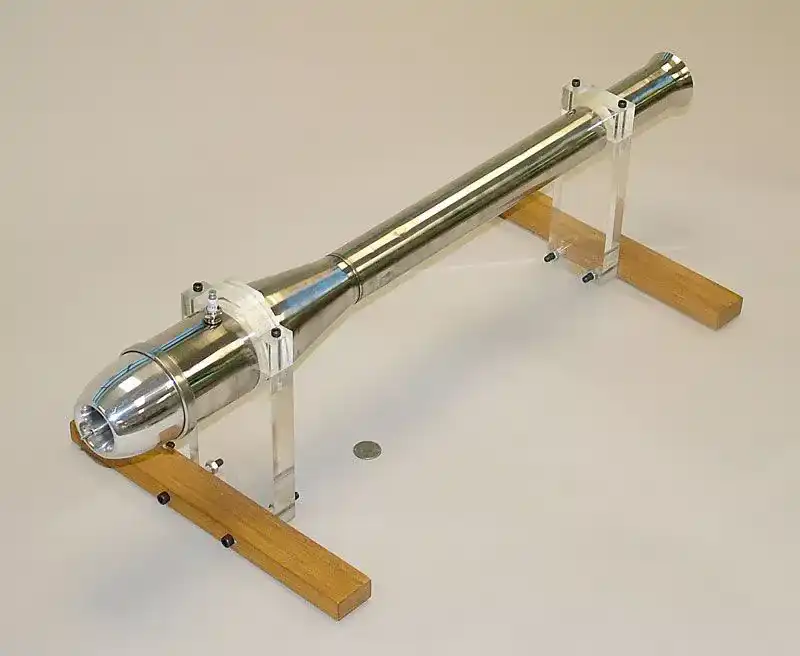
How does Model Jet Engine Work?
The model jet engine is a type of gas turbine that works on the principle of a compressor, combustion chamber, and fan. It has many similarities with real-world counterparts, but there are some significant differences too – for one thing, it doesn’t use blades since these can cause impurities like rust or icing in higher weather conditions where models operate most often!

The centrifugal flow unit is the most efficient because it uses little energy. In this design, air enters through an intake and flows over compressing stages before entering into combustion chambers which give off much higher pressures than those found in other gas turbines…
Kerosene, often called Jet A1, is a very common type of aviation fuel. It’s introduced into the combustion chamber as a fine mist that easily mixes with now highly compressed air and then ignites by glow plug when needed for engine operation.
As the fuel/air mixture ignites and explodes within the chamber, the coned shape of the chamber and the incoming flow of new air forces the mixture rearwards towards the turbine. The rapid outward flow of the gases spins the rear turbine, which in turn spins the impeller at the front of the jet engine (both components are connected by a central shaft), continuing the process.
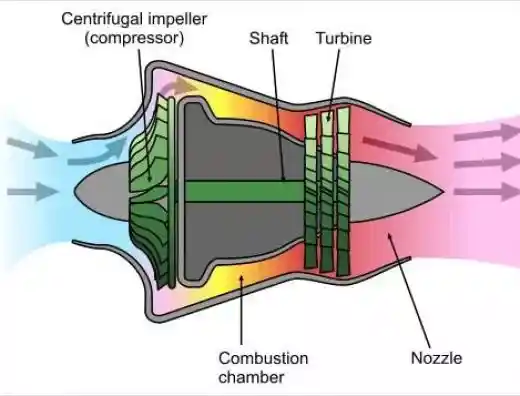
The gases (exhaust) finally get squeezed through the narrowing jet pipe at the very rear of the engine, exiting at great speed and pressure, thus generating the high levels of thrust associated with jet turbines.
The simplified drawing below shows the basic principle of a centrifugal flow model jet engine:
Engine Start-Up
Model jet engines need to be spun up with the help of an electric motor or by blowing air into to inlet. When the turbine wheel reached the needed RPM, then fuel was sprayed in the chamber, and after that, it started igniting so the mixture could catch fire.
Model Jet Engine Reading
If you want to learn more about the Model Jet Engine, you can read the below-mentioned books.
Gas Turbine Engines for Model Aircraft (shown right) by Kurt Schreckling and Keith Thomas.
“I found the book easy to follow and I’ve found that Kurt Schreckling and Keith Thomas have made an excellent job of bringing the complexities of the gas turbine to a level the average person can understand and learn from…”
Amazon customer review
Model Jet Engines (shown right) by Thomas Kamps and Keith Thomas.
“Until I saw this book I didn’t believe it would be possible for an amateur to build a jet engine, capable of running at 100,000 rpm . Kamps book explains clearly how, with a reasonably well equipped workshop, a model engineer can build an efficient working jet engine…”
Amazon customer review
What is a microjet?
Noun. a light jet-propelled aircraft.
What is the smallest jet engine?
The smallest jet engine is 220 nm (0.0000086614 in), achieved by Xing Ma (China) and Samuel Sánchez (Spain), demonstrated in Max-Planck Institute for Intelligent Systems Institution, Stuttgart, Baden-Württemberg, Germany, on 9 October 2016.
How much does a small jet cost?
Prices vary depending on the jet’s size, the flight’s length, and the number of passengers. The typical cost is between $1,674 and $8,640 per hour to charter a private jet. Renting a jet for an entire weekend can run $100,000 or more.
Is building a diy Mini Jet Engine an easy process?
It isn’t easy, and also, it is a very complex process, but we can build our DIY Mini Jet Engine with the help of a 3d Printer and with Jet Engine Plans. But keep in mind that a metal 3d Printer can do desired work. If you are thinking of building with plastic filament, then you have to go for the casting process, and the best costing process is Investment Casting.
What is the smallest jet aircraft?
The smallest jet aircraft is the home-built Bede BD-5J Microjet owned by Juan Jimenez of San Juan, Puerto Rico, USA, which weighs 162.7 kg (358.8 lb), is 3.7 m (12 ft) long, has a 5.7 m (17 ft) wingspan, and can fly at 483 km/h (300 mph).

